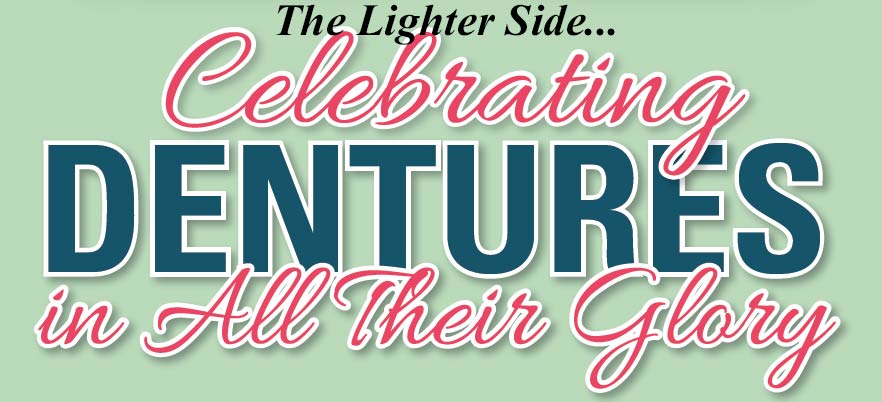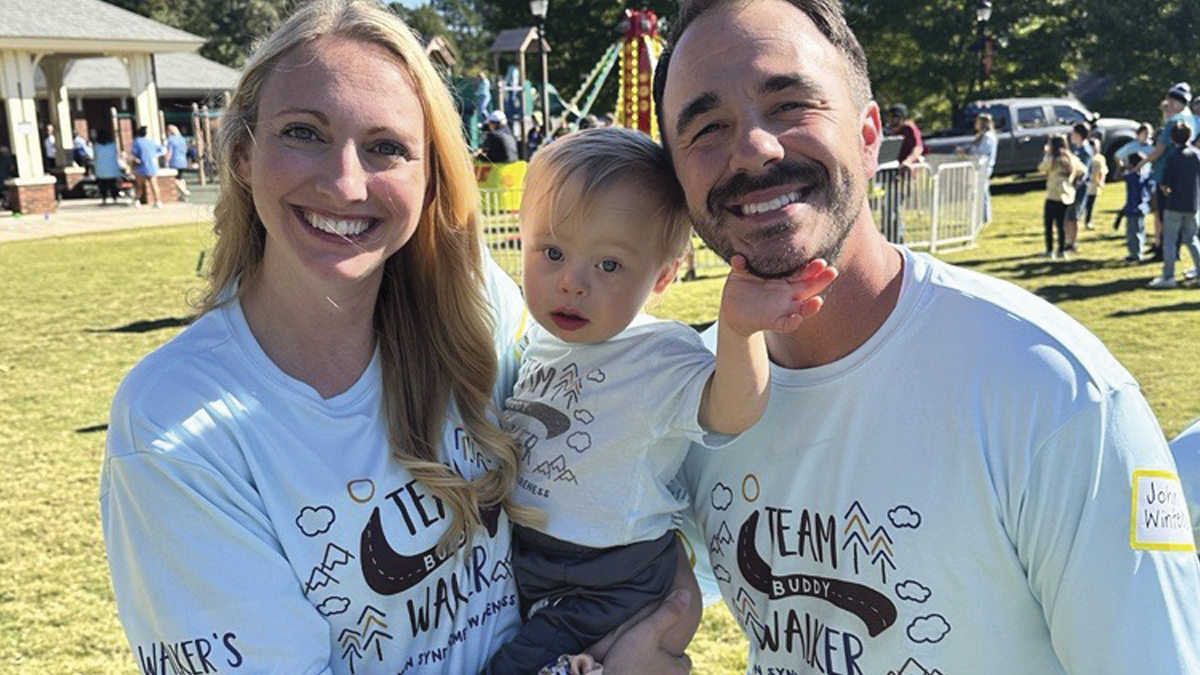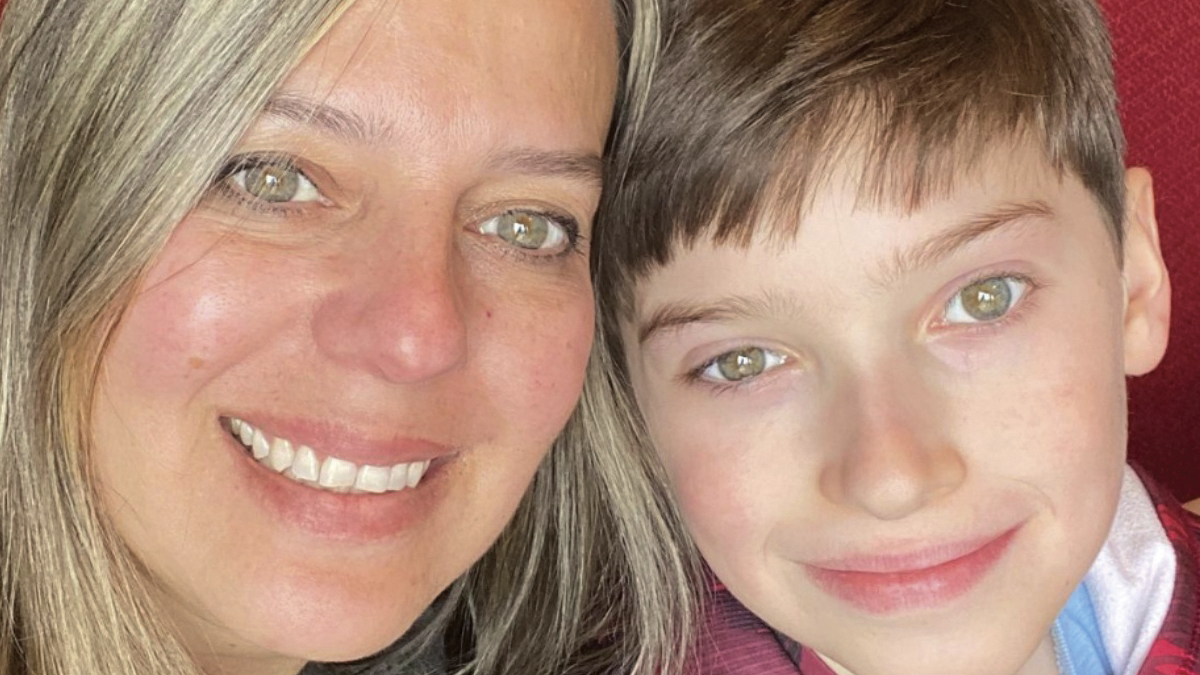
At age 9, I saw George Washington’s dentures at the Smithsonian Institution and first encountered the awkward complications of historical revisionism. George’s famous wooden teeth were ivory.
This was because Washington was wealthy, the docent explained. Nonetheless, those lead, spring-hinged plates looked painful to me and far too big to put into your mouth – especially if you hoped to talk. Standing there at the dawn of the nation’s bicentennial, I tried to imagine Washington addressing his troops at Valley Forge and grinned in admiration for the father of my country. Not only had George come clean about the cherry tree and manfully – presumably to make John Adams feel better – agreed to don a curly wig when he himself had a perfectly good head of hair, but he had also somehow managed to speak intelligibly and forcefully with this fist-sized metal-and-tusk apparatus between his gums.
Of course, dentures were nothing new to my siblings and me. Our mother’s wry smile spent every night on her bed stand, basking in a cloudy-white tumbler of Efferdent. Barely 40, mom lost her teeth early, which, she warned, we might well do ourselves – no matter how soundly we brushed our teeth each night.
My point is, tooth loss was something to be expected as we aged. Clark Gable wore false teeth, mom noted. So had Winston Churchill and even Johnny Carson’s toothy pal, Ed McMahon.
Certainly, tooth loss is nothing new. Archaeologists assure us that people have lost their teeth from disease, age and accident since the beginning. We also know that the idea of replacing missing teeth with false teeth dates back to the prehistoric age as well. In those early days before canned vegetables and blenders, presumably the motivation to replace teeth was more pragmatic than cosmetic. We know from the fossil record that early humans actually inserted teeth, rocks or shells into the gap left by the missing tooth; skulls found by archaeologists show that these new “teeth” tended to be engrafted right into the jaw bone, much the way titanium implants are today.
The creation of actual dentures – plates containing a partial or full set of upper or lower teeth – seems to have first occurred in Japan. The toothless sucked these wooden plates into their mouths just as denture-wearers do with their modern counterparts. But wooden teeth were too fragile and unnatural-looking for most people. For many years, the most popular type of dentures featured the actual teeth pulled from corpses. In fact, after the slaughter at Waterloo, enterprising Frenchmen removed and sold so many barrelfuls of dead soldiers’ teeth that the term “Waterloo teeth” became a synonym for dentures for years.
When I first learned of this grim practice, it led me again to appreciate George Washington. No evidence exists to suggest that he ever used his soldiers’ teeth in his own dentures – ubiquitous as corpse teeth must have been on the battlefield. Washington’s feted sense of honor and respect for his troops suggests to me, even now, that he would never have considered smiling down upon his men with the teeth of their fallen brothers.
All these years later, however, revisionism struck the American Cincinnatus again – and, once again, squarely in the mouth. Just last October, a researcher at the University of Virginia argued that some of Washington’s dentures may possibly have included the teeth of his own slaves. Conceivably, then, the father of our country may have ridden among his enslaved servants, smiling down upon them with their own teeth.
For what it’s worth, decades after my family’s trip to the Smithsonian, neither I nor any of my siblings has lost a single canine or premolar. Maybe it’s dad’s genes or fluoridated water. Maybe the specter of mom’s floating dentures pushed us into just enough flossing and checkups to keep the “Grin Reaper” at bay.
Or maybe it was the memory of those painful lead-and-ivory dentures worn by George Washington, the conjured smile borne by our nation’s unsmiling first president: America’s manly, wig-wearing, childless father figure, who, two centuries after leading America into nationhood, nudged four kids into a puzzling adult world where elders are both respected and giggled over, where we lust for long lives but fear age and even something as simple as a smile can quickly become complicated.






